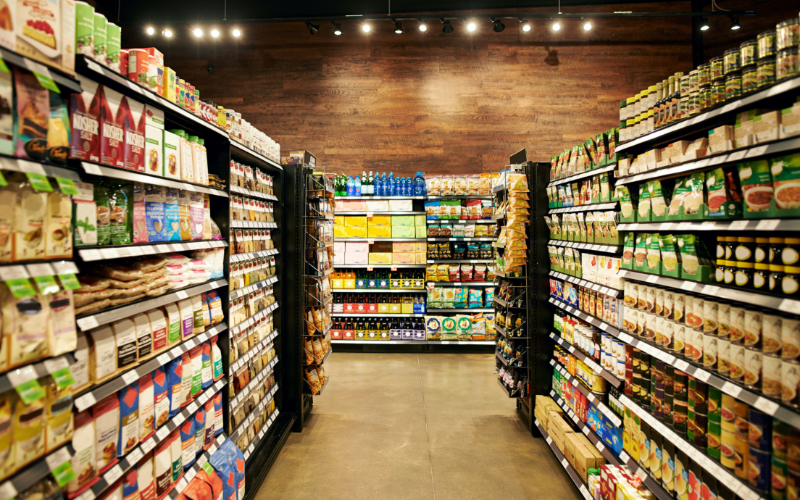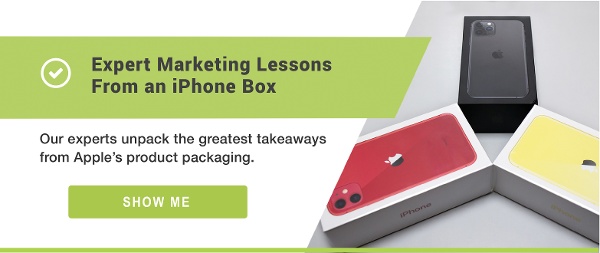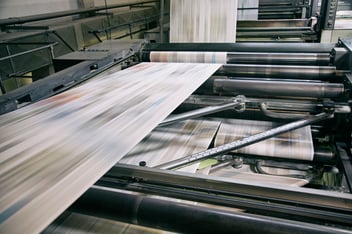How to Design Unique Retail Packaging
The average consumer spends 13 seconds deciding which brand to choose in a store setting.
To make sure your product catches the eye of prospective customers, you’ll need to optimize that small window of time with a unique retail packaging design. Understanding why and how consumers make purchasing decisions is key to standing out in an increasingly competitive retail environment.
If you want to design unique retail packaging, you need to become familiar with and implement these three concepts:
- Understand Why Retail Packaging Design is Important?
- Know the Three Key Factors for Effective Packaging Design?
- Know What Should Be Included in Retail Packaging?
Why is Retail Packaging Design Important?
First impressions last, and they are becoming increasingly crucial given the saturated nature of retail stores. While the quality of your products is important, the way they are presented is almost more critical—the quality of your product won’t matter if your packaging doesn’t invite new buyers to invest in your product.
Forty percent of buyers report that gift-like packaging influences them to repurchase products, and 50% are more likely to recommend your products to friends if they enjoy the packaging. This same study found that almost 20% of consumers make impulse purchases when they are at the store—decisions that are dictated almost entirely by packaging.
Put yourself in a customer’s shoes. Imagine you are buying an expensive perfume. Are you more likely to choose a perfume in a flimsy, plain cardboard box, or an elegant bottle presented in a custom-made box with a brand-tailored design? The choice is simple. Unique retail packaging increases your product’s likelihood of selling and creates brand recognition and customer loyalty.
What are the Three Key Factors for Effective Packaging Design?
Unlike some natural limitations of shipped packaging, retail packaging allows for total creativity. Even so, it’s important to maintain branding consistency across packaging designs, product designs, and your online presence. The following three factors lay the groundwork for effective retail packaging design:
Packaging that Attracts
Retail packaging needs to attract shoppers by disrupting their gaze and garnering their attention with an aesthetically pleasing or exciting design. Without this piece, it’s less likely that potential buyers will even take your product off the shelf for a closer look. But there is a fine line between a design that is eye-catching and one that is overdone.
Your unique design doesn’t necessarily mean loud and flashy colors (although it can). It could mean a subtle, brand-specific palette with a splash of brighter color. Strive to find a balance between overwhelming and boring. Too many colors or graphics might work against you, depending on your industry and ideal customer, but minimalism isn’t always the way to go. Regardless of your style, fonts should be legible and the best aspects of your product should be highlighted from the get-go.
Packaging that Connects
Connecting with customers through packaging goes deeper than just grabbing their attention. Buyers want to know they’re buying from an actual person, not just some faceless corporation. Storytelling in your packaging design is a big part of building a loyal customer base, and branded retail gift boxes are a great way to turn your branded packaging into a marketing tool. Ideally, your buyers will feel a sense of excitement that they are receiving a gift when purchasing your product.
With your target audience in mind, consider how to elicit an emotional response from your customer. What message do you want them to receive? Packaging elements like a personal image or your company’s mission and values help send this message. Use humor to connect, and don’t fear being bold. You can also incorporate information about your product into the package messaging. For example, a jewelry manufacturer might describe a particular charm on the inside flap of their rigid box.
Every company has a story they want to share, and every product needs a story. The goal is to associate your product and brand with a message that means something to your buyer. Understanding the science behind customers' emotional connection to retail packaging can keep you from making expensive design mistakes with your brand.
RELATED CONTENT: Emotional Connections and Retail Packaging Design
Packaging that Functions
Along with telling your story and catching your customer’s eye, retail packaging needs to be functional in terms of product dimensions, what is visible inside and outside, and how easy it is to open. If your customer gets frustrated opening your package, they likely won’t rebuy it. Rigid boxes that easily unfold are a great example of unique packaging for luxury products.
With consumers becoming more concerned about environmental sustainability, packaging that can be reused or recycled is attractive. For example, add a handle to a retail packaging box—once it has fulfilled its original intent, your customers might find that it works well for storing knick-knacks or crafting supplies.
What Should Be Included in Retail Packaging?
The specifics of what to include in your retail packaging will depend on the product, but unique inserts can go a long way in creating an unforgettable unboxing experience. You’ll also need to remember the hard and fast rules to follow when selling products through retail, such as including necessary warnings or precautionary information. For food products, barcoded ingredient lists and nutrition information are also required by law in most cases.
Other ways to add a nice touch and build customer satisfaction and loyalty include freebies, like coupons or free samples. You might also have a relevant insert detailing an upcoming sale, a hand-written thank you note, or information about your business, all of which are far more likely to be noticed than an email blast.
Regardless of what you put inside the packaging, most consumers won’t open the box before deciding whether or not to purchase it. Any essential information or eye-catching selling point must be noticeable through a cutout or see-through window.
Final Thoughts
With the retail industry growing more saturated than ever before, your product packaging needs to stand out on shelves and connect with shoppers.
Understanding your brand and including that branding in your packaging is fundamental. High-quality packaging companies can help. By focusing on packaging that attracts, connects, and functions, you’ll home in on the foundation for a successful retail business.




.jpg?width=352&name=laura-chouette-_VGVkfGxeSY-unsplash%20(1).jpg)

